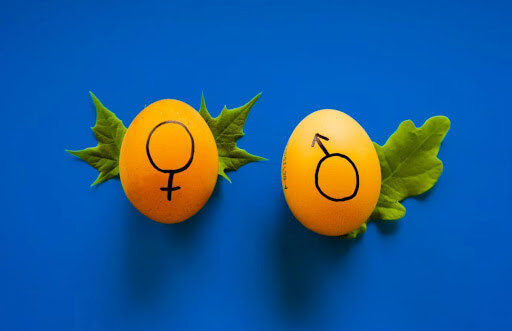The debate over whether pornography can serve as a viable form of sex education has persisted for years. While some may argue that it can provide insights into sexual practices, it’s essential to recognize that porn is designed primarily for entertainment, not education. Here, we delve into five distinct reasons why pornography is an inadequate source for sex education. Also, if you want to learn to read more sexual health related blogs, you can check out our website.
1. Intent and Regulation:
Pornography, in its essence, was never intended to be a platform for sexual education. It is an industry that caters to adults seeking sexual fantasies and arousal. Before the proliferation of internet porn, the sale of pornographic materials was subject to stricter regulation. Adults were required to purchase these materials, providing a level of control over who could access them. However, with the advent of free tube sites, accessibility to porn is more challenging to monitor. These free platforms are readily available to anyone with an internet connection, making it difficult to prevent underage exposure.
The internet is not a babysitter. Porn is not a sex education class, nor does it pretend to be or market itself as sexual education. Porn is about fantasy—for adults. While porn’s fantasy nature is evident to adults, children, tweens, and teens might not perceive it as such.Many teens who have seen this pornography will try to imitate it or talk about it with their classmates, and that’s not a good sign.
2. Underage Consumption:
The ease of access to porn on the internet has led to a considerable number of minors watching explicit content. Research indicates that at least 70% of teenagers admit to accessing porn before the age of 18. The concern arises from the content consumed, as free tube sites host problematic and unrealistic depictions of sex. These representations include body types, racial slurs, misogynistic language, and often neglect consent and female pleasure.Under the influence of the incorrect sexual values of these works, teenagers will be easily guided to the point of forming wrong sexual attitudes.
This exposure is alarming as it can mold the expectations of young individuals regarding sex, influencing their understanding of what is considered normal or attainable in sexual experiences. As a result, they may struggle to comprehend that sex can be diverse and tailored to individual desires.
3. Distorted Perceptions:
The visual stimulation offered by porn can significantly impact people’s perceptions of sex. Porn is deliberately designed to be unrealistic and exciting, often depicting intense and over-the-top scenarios. This can lead viewers, particularly inexperienced teenagers, to develop skewed expectations of what sex should be. Viewing explicit content can inadvertently shape their understanding of sexual intimacy, making it difficult to differentiate between fantasy and reality.
These unrealistic depictions can perpetuate the idea that standard, non-adventurous, monogamous sex is inadequate or inferior, while more exotic, pansexual, or polyamorous depictions are unattainable. It becomes challenging to encourage a mindset that sex is highly adaptable and should be tailored to personal preferences.
4.Lack of Comprehensive Sex Education:

Many teenagers begin having sex long before they receive comprehensive sex education. Sexual health classes in schools often focus on preventing unwanted pregnancies and sexually transmitted infections, sometimes advocating abstinence. This limited approach often ignores aspects related to sexual pleasure and a broader understanding of what sex encompasses.
In contrast, internet pornography offers a seemingly infinite range of sexual content. While it isn’t intended to educate, its availability can overshadow the conventional sex education provided in schools. Empowering young individuals with the tools to critically analyze and comprehend the content they encounter is crucial.
Parents play a more active role in discussing sex with their children, providing age-appropriate information. Relying on schools or the internet alone is insufficient. A solid foundation of sexual education should begin at home. Parents should educate their children about sex when they reach a certain age, as this is the easiest time for them to develop proper sexual attitudes and will help them to realize and inform their parents if they are sexually abused.
5. The Need for Open Conversations:
Overcoming the limitations of sex education necessitates a shift in societal attitudes toward discussing sex openly and healthily. Millennials, having grown up in the age of the internet, might be better equipped to address these concerns. They are more likely to embrace open dialogues about sex, both as parents and educators.
The real challenge lies in convincing adults that a change in sex education is imperative. The bigger hurdle may be getting adults to acknowledge the importance of teaching comprehensive sex education. While porn is unlikely to change its nature as a source of entertainment, society’s perspective on the need for real sex education is where the transformation should occur.
Conclusion
In conclusion, the debate over whether pornography can substitute for sex education continues, but it is essential to recognize its limitations. While porn can provide a glimpse into various sexual practices, it is primarily designed for entertainment and should not be misconstrued as a credible educational resource. To ensure that young individuals receive accurate and comprehensive sex education, a combined effort involving parents, schools, and society as a whole is imperative.

